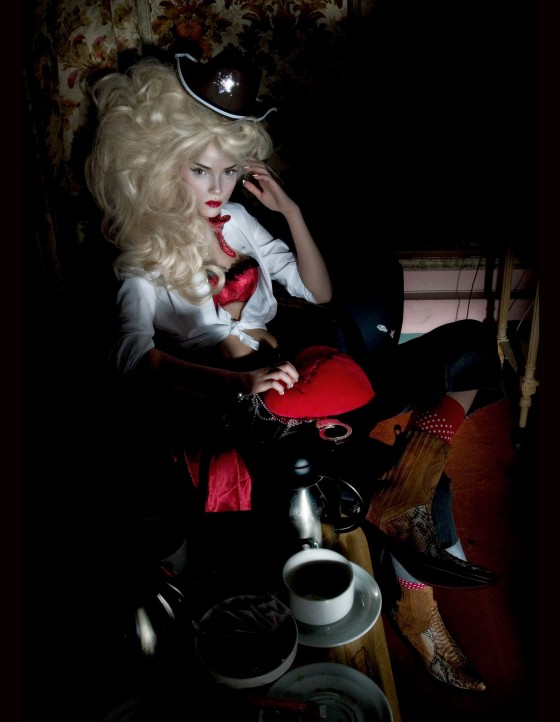In this section, we will discuss the importance of scale.
In the last sentence of Part 5 of Continuous Lighting vs Flash Lighting and Everything in Between… I said “that there might be some additional lighting or perhaps another modifier that you wish to introduce, especially in very wide angle shots for this scenario.” What I mean by that is, in order for a viewer to discern changes in contrast, highlight and shadow in an image there must be sufficient information to do so. As a result you must consider this when lighting the scene. A little light goes a long way when next to a very dark and shadowy segment of an image. Contrasting elements make an image interesting and to this end I suggest you either add or remove modifiers selectively to make the image more varied and interesting. As you come in closer to the model or object you are shooting, all of the surrounding elements become obscured thus rendering a totally different ambiance to the image. If you are going to come in close and still wish to capture the drama of a pulled back photo, you will have to re-light the image for that composition.
This is where much smaller modifiers come in to play. I suggest you cut some cardboard squares of around 3, 6 and 9 inches. These modifiers can be white satin or brilliant paper. As in a Still Life image you can now bounce the light off of the flash in to sections of the image that fall with in the framing you have decided on. These can be held by an assistant or attached to stands.
Start to take test images and adjust for your desired outcome. Move the reflectors closer for less coverage and further back for more. I also suggest playing with the output of the flash to view the differences between the fore and background ratio.
You may also consider bouncing light off of the tungsten light bulbs. If you are concerned about the color balance, I suggest purchasing a sheet of “Full Blue” gelatin and cut a small square to cover the light bulb. Make sure you attach it at least three inches from the bulb to avoid burning the gelatin. If you do this you will loose about a stop of light. In this case augment the power of the bulb to about 100-150 watts.
In Part 7, I will discuss a more complex lighting set up for the same setting.


